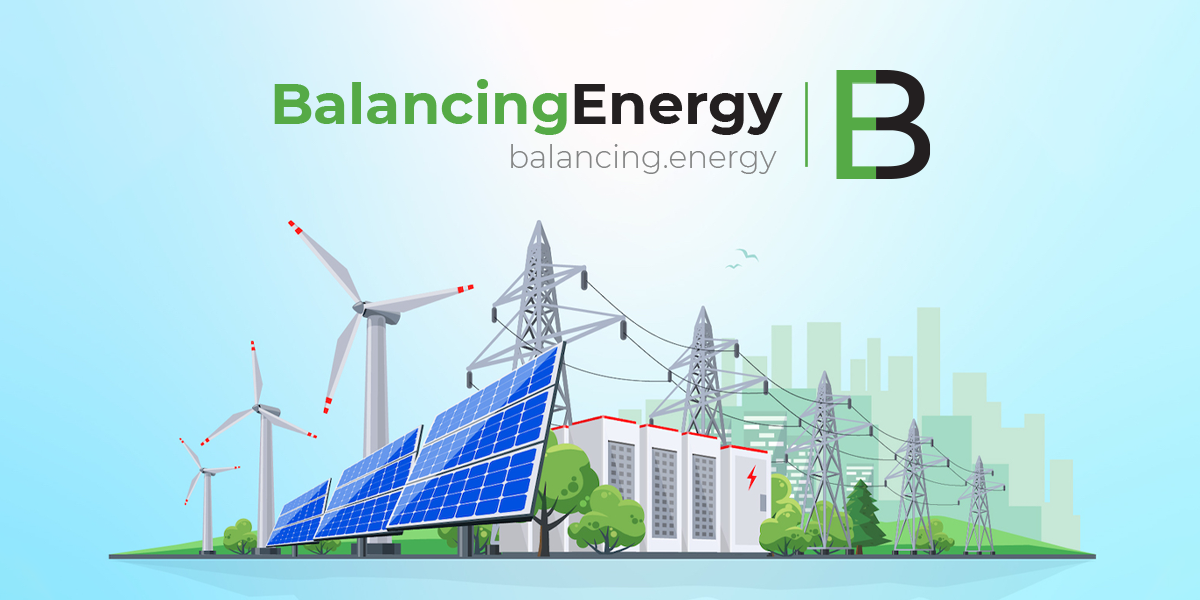In Serbia, the role of prosumers—households that both consume and produce electricity—is becoming increasingly important. As of October 31, 2024, there are 2,811 registered prosumer households across the country, a growing trend driven primarily by the installation of solar panels. These prosumers are not only reducing their energy consumption but are also contributing to the energy grid by generating electricity.
The total installed capacity for these prosumer households is 22,841.36 kW. However, the distribution of prosumers varies across Serbia’s regions. In the northern province of Vojvodina, there are 1,006 registered prosumers, while the Belgrade region has 465. The Sumadija and Western Serbia region has 583 prosumer households, and the Southern and Eastern Serbia region has 757.
Within these regions, some areas stand out for their higher concentration of prosumers. For example, Novi Sad, located in the South Backa district, is home to 160 prosumers, making it the district with the largest number outside of Belgrade. In contrast, the district of Toplica has the fewest prosumers, with only 18 households. Additionally, certain municipalities, such as Presevo, Trgoviste, Crna Trava, and Bela Palanka, have not yet registered any prosumers.
Beyond individual households, Serbia’s prosumer registry also includes three residential communities with a combined installed capacity of 69.5 kW. Other types of prosumers, such as industrial and telecommunications facilities, schools, government buildings, and churches, contribute an additional 52,095.74 kW of installed capacity.
This growing trend of prosumer participation reflects Serbia’s transition toward a more decentralized and sustainable energy system, where households and businesses alike are taking on a more active role in energy production.










